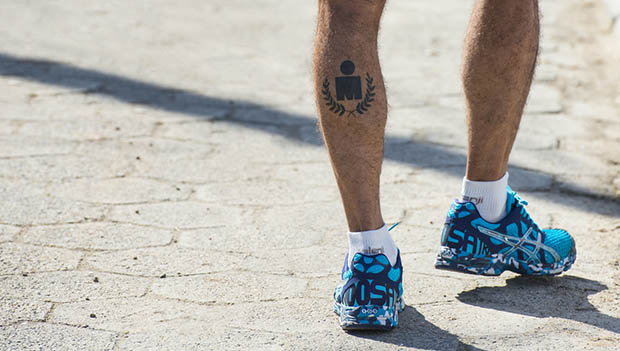
Have you contemplated the challenge of doing an IRONMAN, but the thought of giving up all your free time for training holds you back? Perhaps, you are an experienced triathlete, having completed sprint and Olympic-distance races. Life, however, has your clock in a stranglehold, and training time is at a premium.
Triathlon Events Near You
I designed a training plan for people who don't have much time but simply want to complete the event without illness or injury. It is certainly not for beginner athletes, but for beginning IRONMAN athletes. Training covers 13 weeks and culminates in completing your first 140.6-distance race in about 12 to 14 hours. Your largest training week will encompass about 13 hours, while other weeks are less.
Can You Do It?
Before beginning this plan, you are capable of swimming three times per week for an hour per session. You estimate you could hold at least a two-minute-per-100-yards pace for the 2.4-mile swim (total swim time of about 1 hour, 20 minutes, give or take).
You can bike comfortably for an hour and a half or so. With training, you're confident you could average between 15 and 16 mph for 112 miles (total bike time between 6:15 and 7:30).
Right now, you're capable of doing a long run in the 1:15 to 1:30 range. You think you could manage a marathon pace of 10- to 11-minute miles (total run time between 4:15 and 5:00). Up to this point, you've been training around 8 to 10 hours each week without major problems.
Due to a long list of commitments, weekday training is fairly light. However, weekends are open for long training hours. You realize taking at least one day off from training each week keeps you healthy and in good spirits.
If this athlete profile fits you, your estimated completion time for an IRONMAN is between 12 and 14 hours. This projection still allows for a three-hour buffer to complete the race under the maximum 17 hours permitted.
Workout Details
Training for an IRONMAN requires preparation. You'll need a plan that maps out what sport to do each day, for how long and what type of workout to do.
I've started off with a one-hour swim and a 30-minute run. The goal of the swim is to work on technique and neuromuscular training while keeping your intensity low, thus concentrating on form over speed. The run is done at a steady pace for aerobic maintenance, keeping your heart rate in a designated zone.
By integrating training intensities and heart-rate zones into your IRONMAN preparation, you'll have a good indicator of your conditioning, and rest and stress levels. A more thorough explanation can be found here. We'll use a heart-rate monitor to designate the intensity for cycling and running workouts. This intensity is like the tachometer of your car; it tells you the pace of the engine. Keep in mind that heart rate can be influenced by fatigue, heat, hydration and other factors, so it is not a direct measurement of pace.


